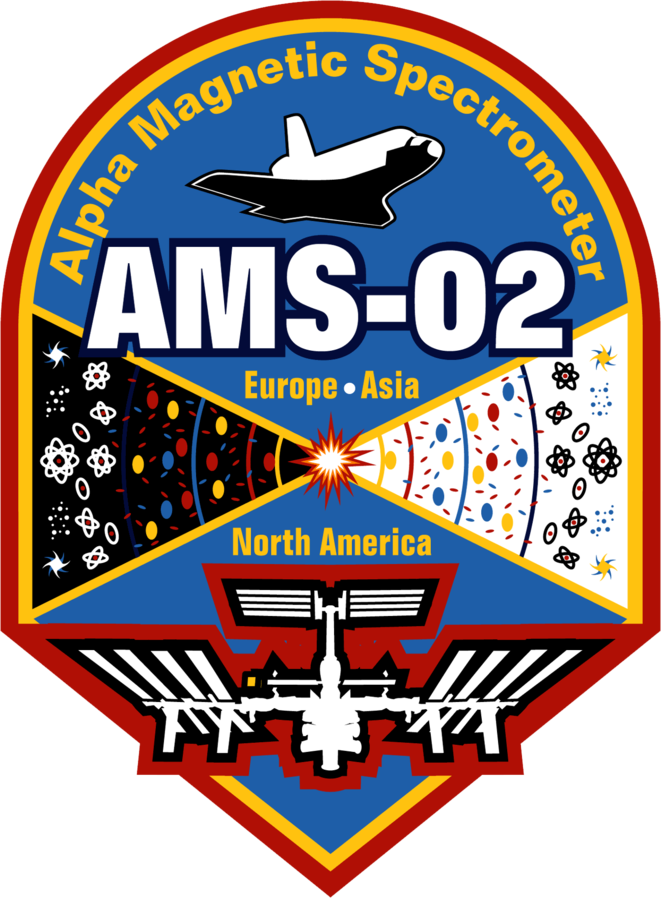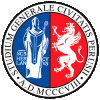43.1159609, 12.38382225
More than 60 physicists and engineers from six universities and INFN units contributed to the AMS construction and commissioning, development of the data analysis tools and ground segment infrastructures.
Italian researchers, thanks to the support of INFN and ASI, have been responsible for the realization of four out of the five AMS sub-detectors (namely TOF, TRACKER, RICH, ECAL) and for the electronics of the TRD gas control system. Italian industries developed the thermal control and power distribution systems, the RICH conical mirror and the silicon sensors for the Tracker system.
Italian effort has continued uninterruptedly along the years in the:
- operation and monitoring of AMS at the CERN POCC;
- calibration and verification of detector performances;
- data analysis and computing support;
- space qualification of the new UTTPS system.
An integral master copy of the AMS-02 data is preserved at the CNAF, the INFN computing data center where 15k HEP-SPEC06 of CPU and 2Pbyte of disk are available for AMS-02 data processing and Monte Carlo simulation. All public data from AMS-02 are easily retrievable from the ASI Space Science Data Center.
The Perugia group has been part of the AMS project since its conception in mid 90’s, supporting the management and design of the overall experiment and with the responsibility of the design and assembly of Silicon Tracker detector and its electronics.
A dedicated clean room was set up in Perugia for the prototyping of the Tracker detector modules and the definition of their assembly procedure. The group led several beam test campaigns of the detector modules to assess their performances and the data taking activities of the whole detector both with cosmic rays and on particle beams.
A test facility was also setup in Terni for the space qualification of different AMS sub-systems (namely Tracker, ECAL, TOF and the Magnet Vacuum case) by means of mechanical vibration and thermal cycling both at ambient pressure and in vacuum. The same facility has been used in 2018 and 2019 for the space qualification of the UTTPS system.
Since the installation of AMS-02 on ISS, the Perugia group supports detector data taking in orbit coordinating Tracker operation at the CERN POCC, and is active on the data analysis aimed at both physics and detector performance studies.
Along the years, a close collaboration has been established with the ASI Space Science Data Center, where the AMS-02 public data are embedded in the more general multi mission data base of the ASI.
The science data analysis includes measurements of electron and positron fluxes, high energy anti-protons an different nuclear components in the cosmic radiation as well as the study of time dependent phenomena in the galactic cosmic ray fluxes related to long term solar activity.
Since 2016, the group has also established a new research activity on the phenomenological interpretation and modelling of the new unexpected phenomena observed by AMS.
Currently the AMS-02 group in Perugia consists of eight staff members – Perugia University and INFN - one post-doc fellow, and two PhD students.
Former staff & post-doc members of the Perugia group include: G.Alberti, R.Battistona , J.Bazo Alba, W.J.Burgera , V. Di Feliceb , F. Donninib, D. D’Urso, V. Formatob, S.Hainoc, B.Khialib, M. Ionica, M. Menichelli, F. Nozzolia , A. Olivad , C. Pizzolotto, P.Zuccona.
aNow at AMS Group in University and INFN TIFPA, Trento
bNow at AMS Group in KIT
cNow at AMS Group in Academia Sinica, Taiwan
dNow at AMS Group in Bologna
eNow at AMS Group in ASI
The contribution of Perugia to the construction and testing of AMS has been possible thanks to the dedicated work and efforts of the technical and engineering team: L. Accardo, A. Alvino, D. Aisa, E. Babucci, S. Bizzaglia, M. Bizzarri, S. Borsini, V. Cascioli, G. Chiocci, L. Di Masso, L. Farnesini, E. Laudi, S. Lucidi, R. Ionica, F. Manolescu, A. Papi, A. Piluso, V. Postolache, M. Saveri, G. Scolieri, F. Velcea.


